Virtual event planning: The practical side

Table of contents
Virtual event planning is a strategic mapping that covers pre-production, communication, and post-event since an online event can generate amazing results. But those who think that creating a virtual experience is much simpler than the face-to-face one are wrong. In the online environment the challenges are different. The attention to investments, technology, and especially the expected return from the event, are essential factors to achieve success in this type of project.
Since the entire experience is virtual, then the investment and care with technology must be even greater. A well-done strategy is necessary if you truly want to maximize your working hours in the production of an online event because it will incorporate all of the event necessities in an organised manner. Let's get started with the steps, shall we?
The 3 stages a virtual event planner needs to consider
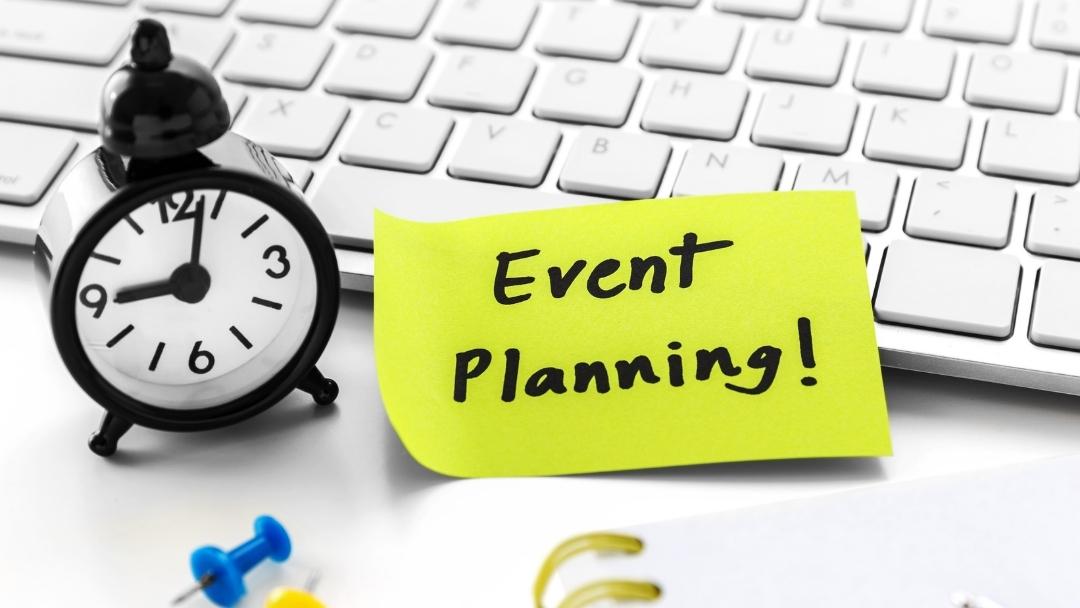
With so many tasks that the production of an event requires, organization becomes a decisive factor to have good results. For many things there is no formula, but for a good virtual event production there is, and it is called strategic event planning.
We will divide the stages into pre-event, production and communication, and post-event. It is worth saying that they do not happen in a linear fashion, there is always room to revisit the planning even when you are in the production stage.
In serial events, the data collected after a first live event, for example, can change the planning and production of the following editions. Each professional virtual event planner has his own way of planning events, and we have separated here the main steps for a successful online event.
1. Pre-event: The beginning of virtual event planning
The starting point of virtual event planning is to define the purpose of the event, the target audience, and the message you want to convey to the participants. To help you with this task, you can use the Golden Circle methodology, which guides you to start defining the identity of a piece of content by the "Why", then the "How", and finally the "What?".
It is worth formatting a briefing about the event to help you guide through all the tasks and ensure end-to-end alignment. In this step, you should detail:
- Target audience
- Size and type of event
- Event format: online or hybrid
- Day, time and duration of the event
- Choice of speakers
- Definition of the team, roles, activities and responsibilities
- Survey of the logistics necessary for the execution of the event
- Detailing of the technological needs
- Each type of event has its own particularities, however, these tasks above are common to all
If it is a hybrid event, it is in this phase that the choice and contracting of a comfortable place for those who will be in the face-to-face part will take place. Other details such as food, transportation, reception, and accommodation must also be provided.
Schedule
Every event producer knows the importance of having a thorough schedule, which is updated as the activities are carried out and unforeseen events occur.
Make a detailed reverse schedule and update it daily.
The reverse schedule is a strategy to organize the tasks starting always from the day of the event and counting backwards the time needed to complete each task. This way you can organize the tasks and ensure that everything goes well on the day of the event.
Your schedule should also include all the meetings that will be held, whether with sponsors, suppliers or internal staff. It is important that each meeting has a well-defined goal, that it is short, and that it has minutes, so that everyone involved is on the same page.
Consider holding daily meetings with the operational team, especially days before the event is scheduled to take place. And don't forget to plan the rehearsals!
Budget
Budget planning is a delicate point, but with organization it is possible to allocate the available resources well. To be assertive, highlight in your virtual event planning the needs that cannot be waived. Infrastructure and marketing are at the top of the priority list, so start thinking about these demands that usually involve the biggest investments.
Always make a cost-benefit analysis because some decisions can optimize your resources. For example: would you rather hire multiple tools for video, email, Hootsuite, and content hub, or invest in a platform that combines these and other services in a single virtual event platform like we offer here at expertshare? Somtimes, saving money on certain areas isn't always the greatest strategic option, because integrated solutions, already in a platform, tend to optimize time and make management easier.
In addition, consider ways to attract sponsors and other supporters, as they can increase the event's value without affecting the budget you already have. Ticket sales can also be another way of receiving revenues, providing they fit the event's proposition.
When you list everything and detail it in the strategic planning, you get a broad view, and this is fundamental for good decision making.
The day of the event
On the day of the event, attention to detail must be doubled. In other words, you must test everything, try to foresee the unexpected, and solve all problems. The focus is to make sure that everything goes according to plan.
The technological infrastructure and the way the event is conducted are crucial in online events, since it is easier for participants to disperse when they lose interest or face technical problems.
So, check in advance:
- the quality of your speakers' internet;
- the audio and video capture, considering microphone, camera, scenery and possible noises
- the accesses to the transmission platforms;
- who will moderate the chat.
In addition, it is essential in virtual event planning to have immediate support for any unforeseen event.
2. Production and communication of the event: invite your audience!
This is the stage where the production of the event actually happens. Consider that the speakers are confirmed and the main decisions have already been made. It is time to organize the technical details and structure the marketing plan.
Depending on the audience profile and the message to be transmitted, invest in actions to invite people interested in your content. There are a number of digital marketing strategies that will make your event a success
Some of them are:
- Postings on social networks;
- Running ads;
- Creation of a dedicated Hootsuite profile;
- Targeted email marketing to attendees.
- When choosing content, focus on conveying a message that passes perceived value, because you need to generate desire and thus stimulate people's participation.
It is at this moment that you must define what the engagement strategies and interaction tools for the public will be. It is worth betting on dynamics, interactive and collaborative content. It is very important that the participants feel connected to each other by a common interest.
3. Post-event: Time for data analysis
Event over... The work is done, right? Negative! There are still some very important activities that, once done, will indicate whether the event was good or not.
During the event, a lot of data is generated and they are the basis for analyzing the performance of the attractions and the content. It is at the end of the event that the analysis of indicators begins, with the aim of evaluating results such as ROI or ROO.
However, there are other metrics that can guide future actions:
- Number of participants;
- How was the behavior of the public: did they engage with the proposed activities? Was there interaction in real time?
- Were the day, time and duration of the sessions assertive?
- Were the contents and the form of communication well accepted by the public?
- For how long and on which pages did the participants browse?
- Was the format chosen for the event ideal for the company's niche?
There are other analyses, even of a more qualitative nature, with analysis of the public's behavior with the contents and awareness on social networks.
Other important points to be considered in virtual event planning

Branding
When we talk about branding, or brand management, it is not only about a visual identity aligned to your concept, but the ideas associated with it. In other words, a set of elements that will transmit the personality of your event.
This is the moment when you will relate directly to your audience, offering them an experience with your brand. And that experience needs to be memorable!
Applying the 4 vectors of branding to virtual event planning and events, we can describe them as follows:
Product
Your product is your event and what you propose to deliver with it: lectures, debates, international attractions, market trends, business opportunities, networking, innovation.
Each result generated through actions and activities can be considered as a product originated from your event
Environment
What is the best place to organize your event? Choose a city and a location that will attract participants and provide sensations aligned with the objectives of your event. If it is an international congress, for example, a touristic and easily accessible city has great chances of bringing a larger audience.
On the other hand, a sales convention, which usually has mandatory attendance and brings dense content, can be more motivational if held in a hotel or resort. That's why, with the product and the audience well defined, you have halfway to a good choice of environment in this event planning process.
Besides the venue, the structure itself must reflect the values of the event. The decor, lighting, and even the type of food offered make up this environment.
Communication
A fundamental point for people to know about and want to come to your event is to have good communication. The public needs to know what your event is about and why it is worth attending it.
This starts with the right choice of a visual identity: colors, fonts, textures, symbols, and images must reflect the values of the event and the brand(s) involved. And this identity must be cohesive in all materials and points of contact with the public: website, invitations, promotional materials, uniforms, social networks, emails, and applications.
Just as important as visual identity, the definition of the persona will help you establish a language, a tone of voice, the best terms, content, and channels to communicate with your audience.
This is a vital point in virtual event planning.
Behavior
Is your staff oriented on how to interact with your audience? The least that is expected is efficiency and good will, but what other attitudes will bring your public closer to your brand, once again making the experience memorable?
Strategy
With clear objectives, understanding of the public, and conceptualized branding, it is time to move on to strategy, which is in practice your action plan.
And here, coherence is the watchword. Your choices must be aligned with everything that was previously identified and defined. How do you intend to generate value for your public, keeping in line with your identity and targeting your goals?
On your website, or in any promotional material, highlight the main attractions for your audience. Is the goal to disseminate scientific content? Publish the abstracts of the papers. Is the goal to generate business? Publicize your exhibitors. Is it motivational? Give voice to the participants and allow them to share their moments in the event.
Is your goal to promote networking? How do you generate value for these participants?
Who is your exhibitor's target audience? Where will you advertise your event to find this audience? Are your communication channels being effective? How do you evaluate this?
All these questions should be raised during your virtual event planning strategy phase.
Conclusion
We have seen that good virtual event planning is complex and considers numerous variables so that you can, in the end, achieve your goals and offer a memorable experience to the participants. All of this while adhering to a schedule and respecting your budget.
The journey is arduous, but extremely rewarding when you can see everything come out exactly as you expected.
The idea here was to bring just a few insights. What do you think of this article? Does your company organize and have other event planning steps? Let us know if you need help and we'll organize your event for you.
But if you are adding knowledge to start organizing your events, read our article "Virtual Event Production - The complete guide" with all the steps that involve the production of a successful event.



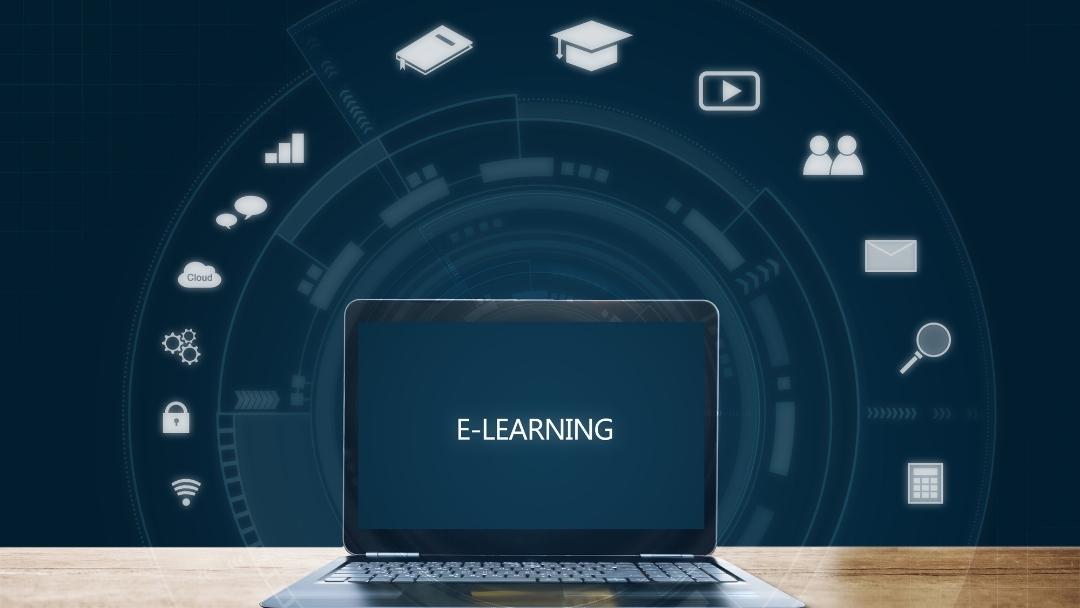







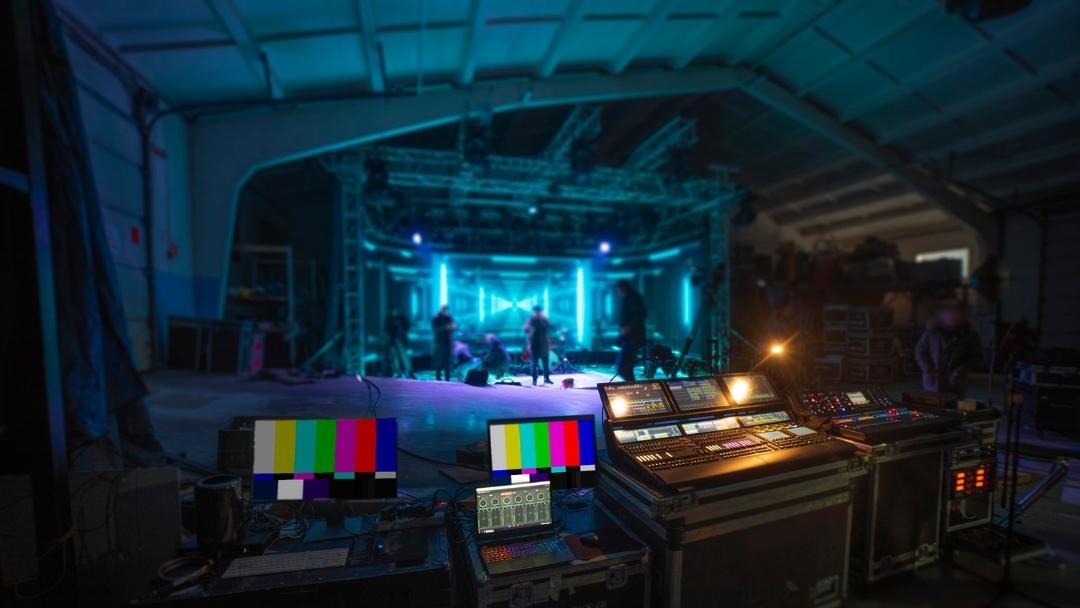


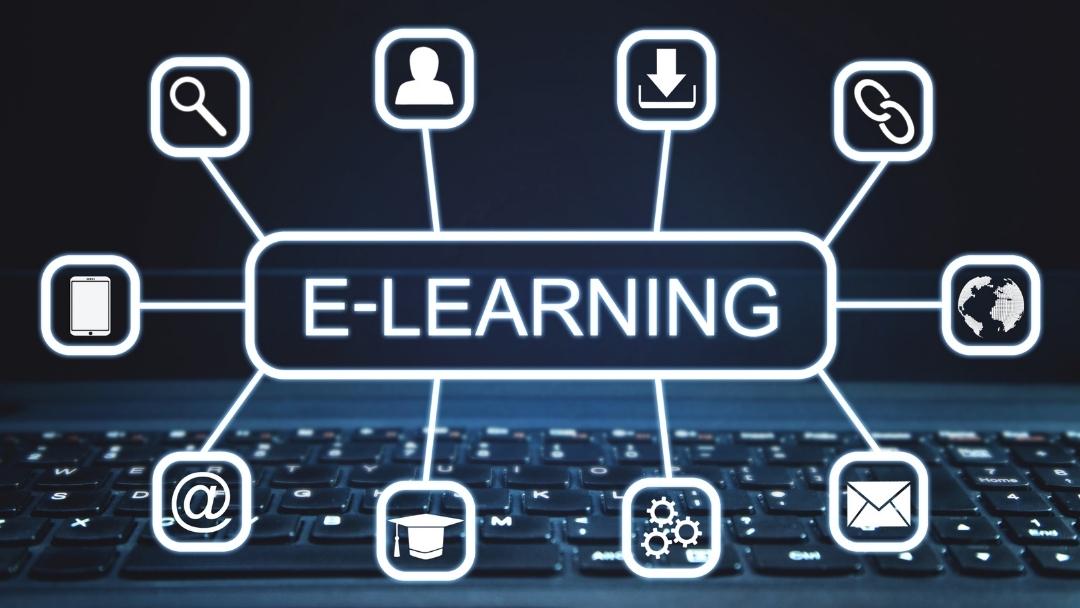


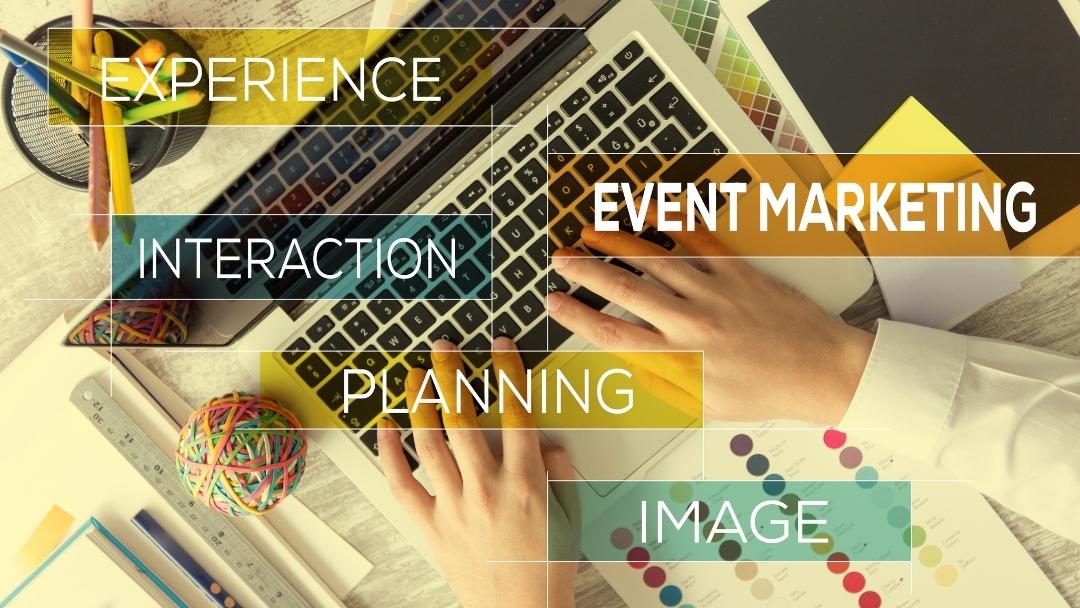

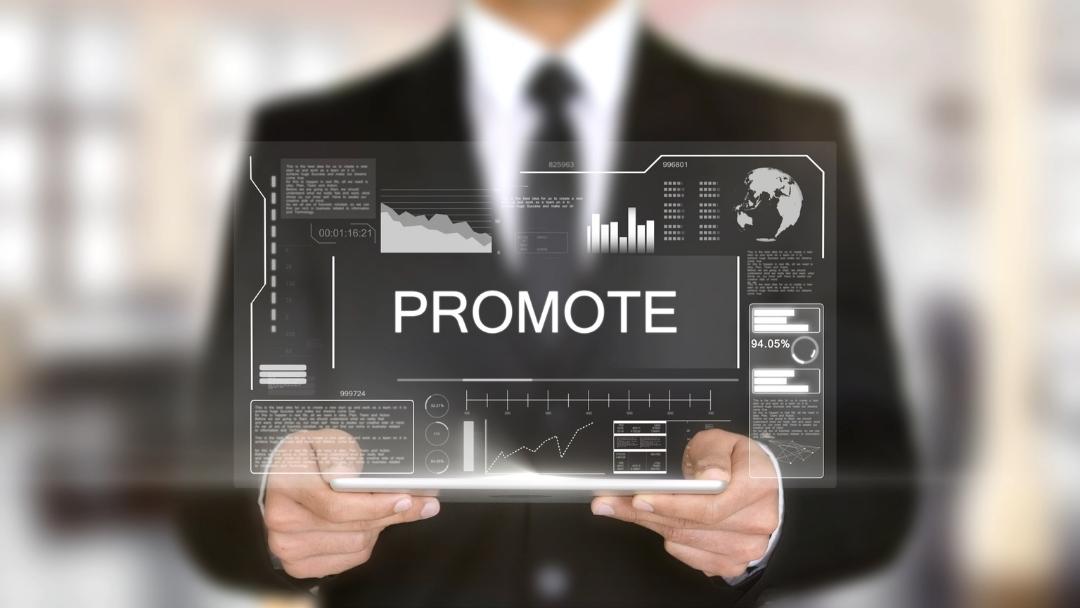




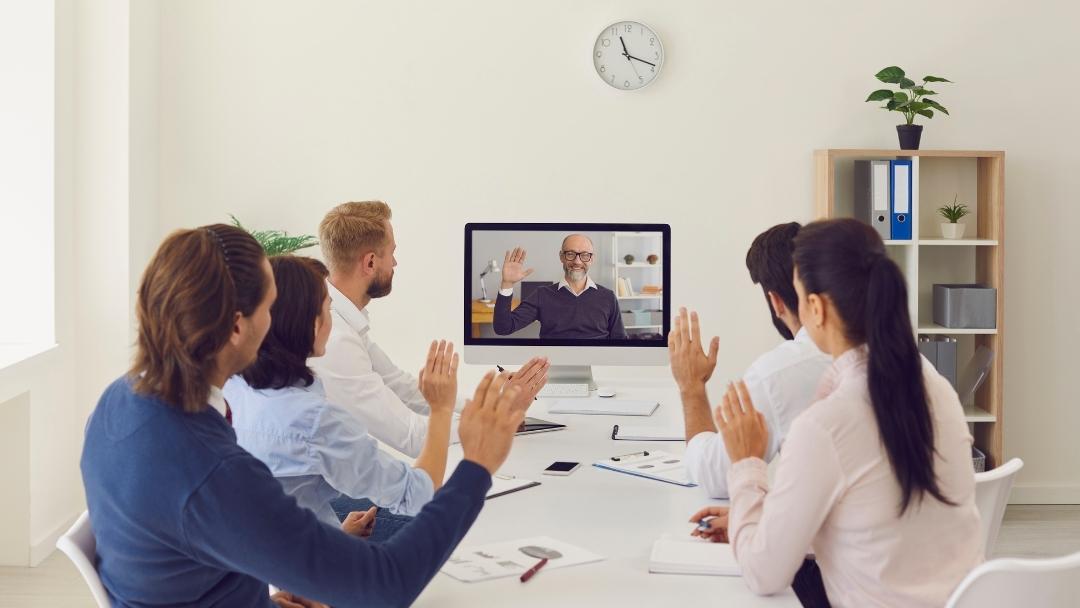




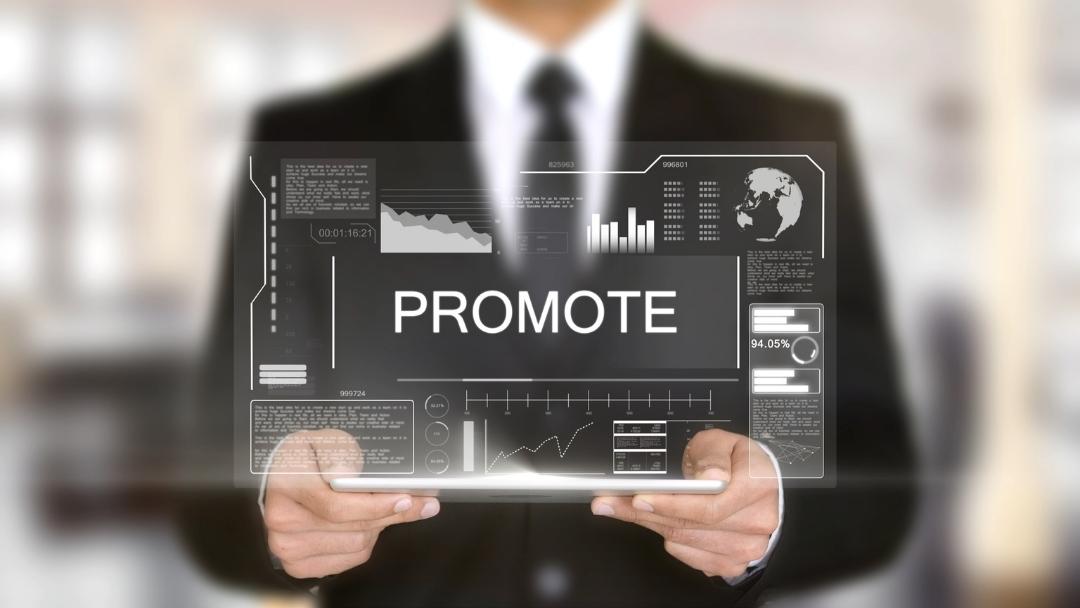




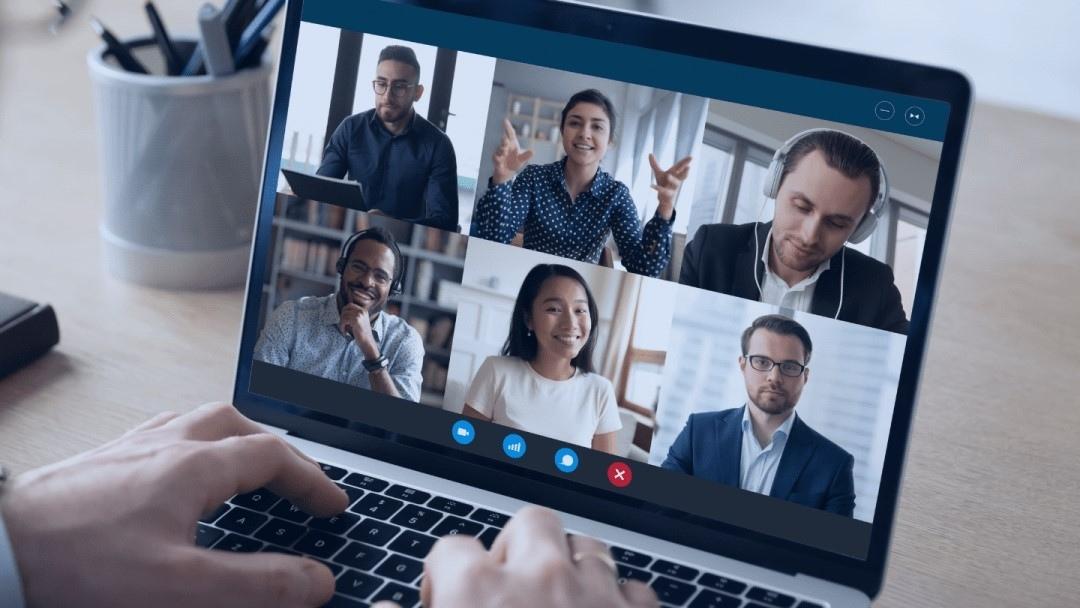






.png)

